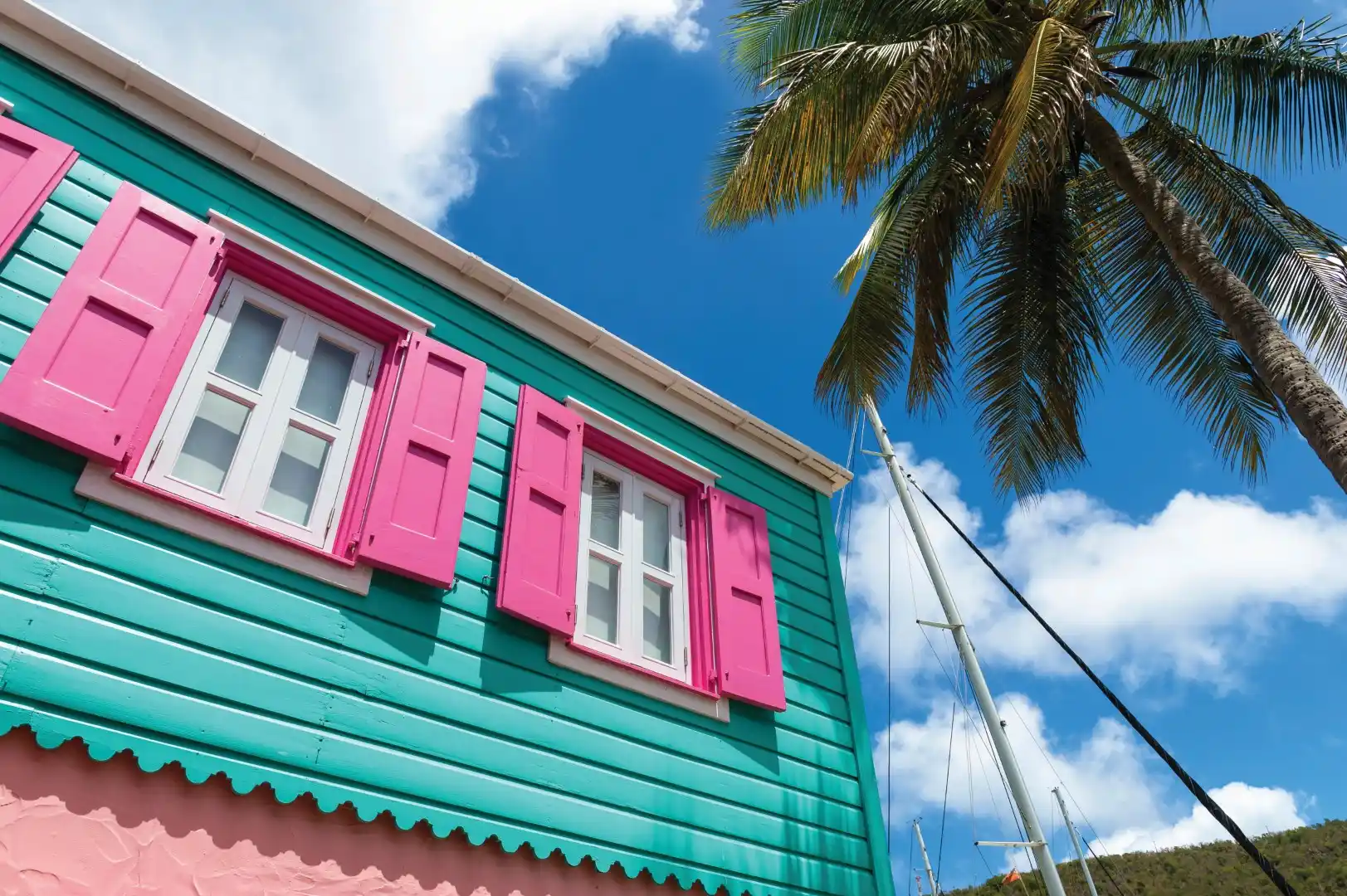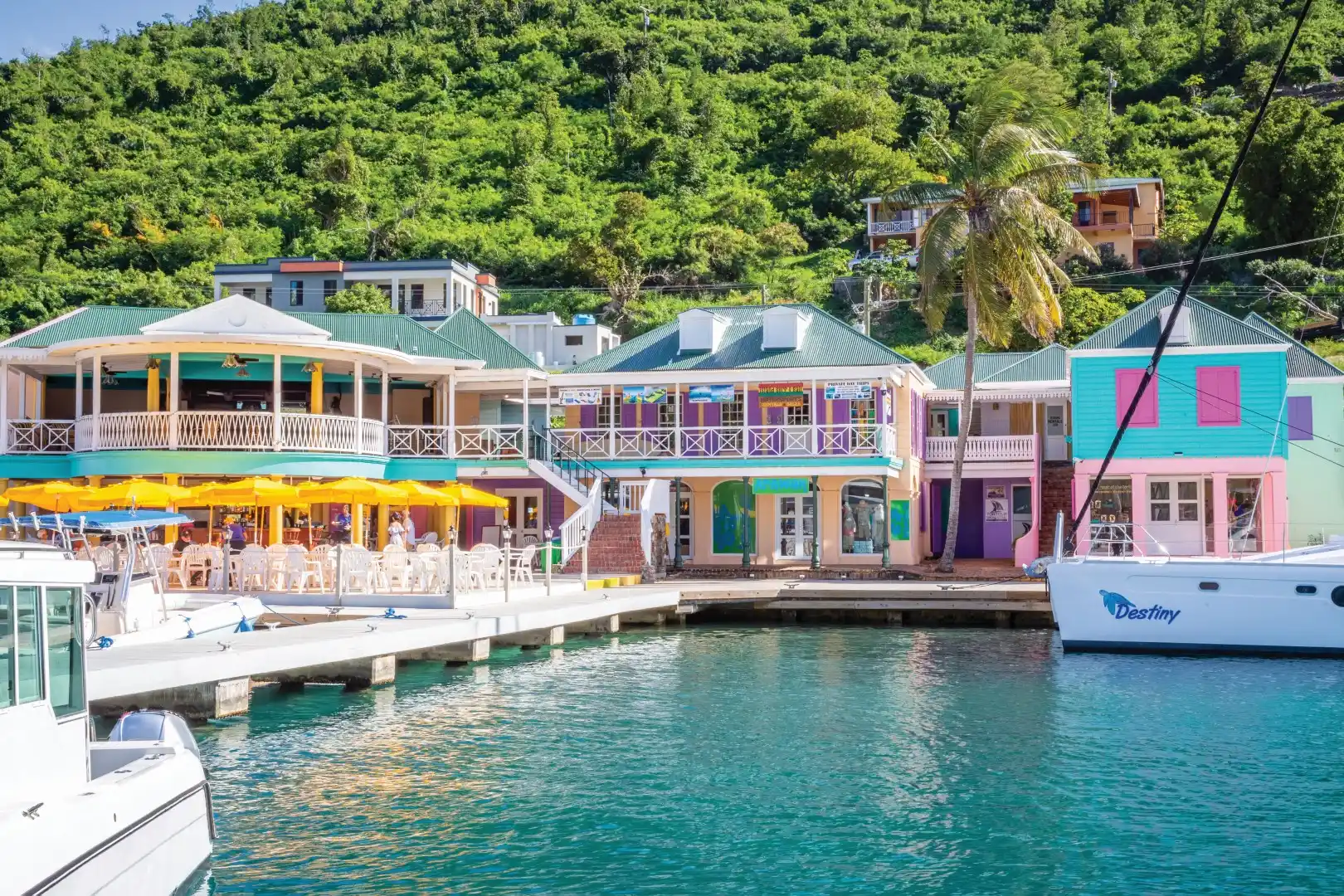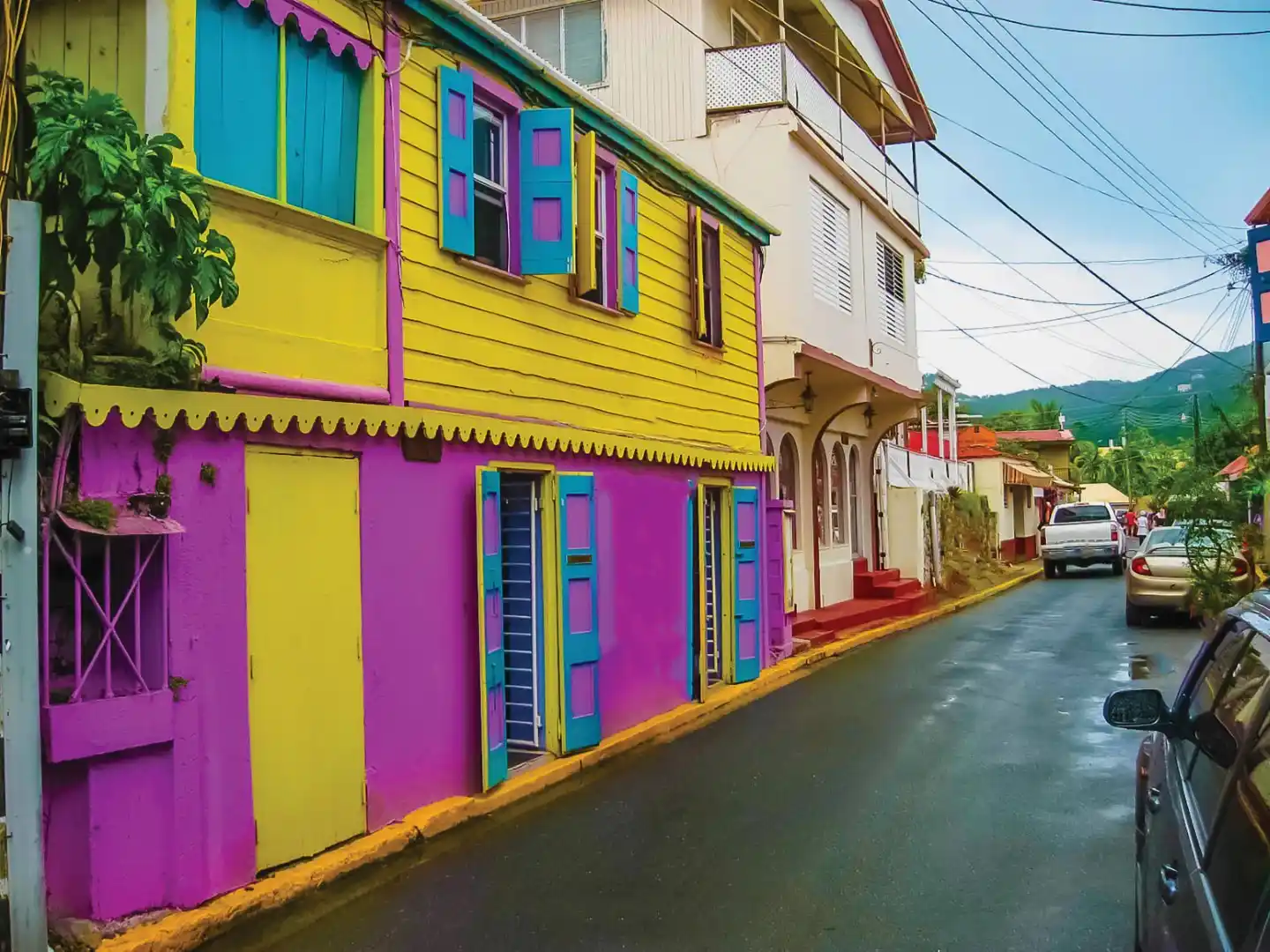Marvin Flax, Project Architect at OBMI talked to Claire Shefchik about merging this architectural style with today’s needs.
West Indian architecture is known for its practical design that connects deeply with the local culture. “High ceilings and exposed wood beams are significant elements, as well as wood trims around windows and doors. A key aspect is ensuring good airflow, which was historically achieved without air conditioning. This is done by positioning houses to take advantage of the Caribbean breezes and sun angles” says Marvin Flax from local architecture firm OBMI.

However, Marvin observes a shift in design preferences, especially following the 2017 hurricanes, that have influenced local architecture. “While traditional designs emphasised features like wooden shutters and vibrant colours, there’s a growing trend towards more secure, modern aesthetics with flat concrete roofs and large sliding door openings,” he explains.
One of the challenges he encounters in his projects is balancing modernity with the islands’ cultural backdrop. “We used to see gingerbread trimmings as a staple, but now they’re viewed as less modern. Yet, these elements put us in a certain era, creating a strong sense of place and identity,” he says. This change in taste reflects a wider trend of blending modern elements with traditional Caribbean aesthetics to create homes that are safe and functional as well as visually appealing.
The natural setting of the BVI is a major factor in architectural decisions. OBMI emphasises the importance of environmentally friendly designs. “We aim to minimise site construction that could lead to soil erosion or mud slides. Innovative design strategies, like embedding houses into hillsides or using terracing techniques, help integrate structures into the landscape while preserving the natural surroundings.”

For visitors interested in West Indian architecture, Marvin recommends several notable buildings that showcase this style. “Soper’s Hole is vibrant and colourful, attached to a marina and is a hub of life in the sailing industry. It’s a great representation of the positive aspects of BVI architecture,” he suggests.
As West Indian architecture evolves, it does so by respecting its roots while adapting to new, more resilient building methods. This mix of old and new enhances the look of buildings and ensures they’re prepared for the challenges of the island’s unique climate and geography.
OBMI’s work gives us a glimpse into the ongoing dialogue between tradition and innovation in the BVI, reflecting a community that values its cultural roots and the need to advance. For anyone visiting the islands, examining these architectural feats offers an appreciation of the BVI’s cultural scene and its architectural progress.
